Yes, AMC does have cameras in the theater, mainly for safety and piracy prevention. These cameras are placed in public areas like lobbies and auditoriums—not in private spaces. AMC uses surveillance responsibly to ensure a secure and comfortable moviegoing experience.
“Wondering does AMC have cameras in the theater? Yes, AMC uses surveillance cameras in public areas and auditoriums to ensure safety and prevent piracy. These cameras are legally installed and don’t invade private spaces. Stay tuned with us as we explore everything you need to know about AMC theater surveillance”.
In today’s world, security and privacy often go hand in hand. This becomes especially relevant in public spaces such as movie theaters. Many moviegoers are now wondering, does AMC have cameras in the theater? Whether you’re concerned about personal privacy, piracy prevention, or safety, this question is more relevant than ever. AMC Theatres, as one of the largest cinema chains in the United States, has adopted modern security practices to ensure a safe viewing experience for all.
In this article, we’ll take a deep dive into AMC’s camera usage, exploring where they’re installed, why they’re used, how long footage is stored, and how AMC balances guest security with privacy. By the end, you’ll have a clear understanding of what to expect when you walk into an AMC theater.
Is It Legal for AMC to Use Cameras in Theaters?
Yes, it is legal for AMC to use cameras in its theaters, provided they follow state and federal laws concerning surveillance and privacy. In the United States, private businesses like AMC are permitted to install surveillance cameras in public and semi-public areas, such as lobbies, hallways, and auditoriums. However, it’s important to note that installing cameras in sensitive private spaces like restrooms or changing rooms is strictly prohibited.
AMC operates under clear legal guidelines to ensure that their surveillance practices comply with privacy laws. In most jurisdictions, as long as the cameras are not hidden and are used in public areas where there is no reasonable expectation of privacy, their use is lawful. In many locations, businesses are also required to post signs informing patrons about video surveillance.
So, does AMC have cameras in the theater? Legally, yes, and they do so transparently and responsibly.
Why Does AMC Install Cameras in Theaters?
AMC installs cameras in their theaters for several practical and safety-related reasons. Security is a top priority in public spaces, and the theater is no exception. Surveillance systems help AMC deter criminal behavior, monitor operational efficiency, and protect the safety of both staff and guests.
One of the biggest motivations for camera installation is the prevention of piracy. Movie piracy is a major concern for theaters and film studios alike. Cameras can help detect and deter unauthorized filming, which often results in financial losses for the entertainment industry. In addition to piracy, cameras also help prevent disruptive or unsafe behavior during screenings.
Security footage is also invaluable when it comes to resolving disputes or incidents within the theater. Whether it’s a lost item, a guest complaint, or an emergency situation, having access to video recordings enables AMC staff to investigate and address problems quickly and accurately.
Do AMC Cameras Monitor for Piracy and Misconduct?
Absolutely. One of the key purposes of having cameras in AMC theaters is to curb movie piracy and maintain a safe environment. Filming a movie inside a theater is illegal and can result in criminal charges. AMC’s cameras are strategically placed to detect suspicious activity, including the use of recording devices during a screening.
The cameras also play a role in managing audience behavior. Misconduct, such as talking loudly, using mobile phones, or causing disruptions, can negatively impact other guests’ viewing experiences. Security personnel use surveillance footage to monitor and respond to these behaviors swiftly. This system ensures that rules are followed and that everyone can enjoy the film peacefully.
Moreover, surveillance helps with identifying and responding to potentially dangerous situations, such as aggressive behavior, theft, or emergencies. The presence of cameras alone often acts as a deterrent, making guests more likely to respect the rules.
Where Are Cameras Located Inside AMC Theaters?
Understanding where AMC places its cameras helps clarify their purpose and coverage. Typically, surveillance cameras are installed in common and high-traffic areas. These include theater entrances, ticket counters, lobbies, hallways, and concession stands. These areas are more vulnerable to theft, crowding, or disputes, making them ideal spots for monitoring.
Cameras are also present inside the auditoriums themselves, usually mounted high up on the walls or ceiling at the back of the room. Their angle allows them to capture a broad view of the seating area without invading personal privacy. They do not focus on individual patrons or record screens in a way that violates copyright protections.
However, AMC ensures that cameras are not placed in private spaces. Areas like restrooms, baby-changing stations, and other private zones are strictly off-limits. The placement is always done with respect to both security needs and the audience’s right to privacy.
What Types of Cameras Does AMC Use?
AMC uses a combination of modern surveillance technologies to ensure thorough coverage and reliable monitoring. The most common types include dome cameras, bullet cameras, and PTZ (pan-tilt-zoom) cameras. Dome cameras are often installed indoors and offer wide-angle views, making them suitable for lobby and concession areas. Their design also makes it hard for anyone to tell where the camera is pointing, which enhances deterrence.
Bullet cameras, on the other hand, are more focused and are typically used for monitoring entrances and exits. They provide a narrow field of view with high resolution, ideal for capturing facial details. PTZ cameras can move in multiple directions and zoom in for closer views. These are usually deployed in larger auditoriums or areas requiring flexible monitoring.
Together, these camera types allow AMC to monitor its facilities effectively while minimizing blind spots. The use of high-definition and sometimes night-vision-enabled cameras ensures visibility in low-light conditions, which is critical for dark movie auditoriums.
Are AMC Theaters Using Night Vision or Infrared Cameras?
Yes, many AMC theaters do use night vision or infrared (IR) cameras, particularly inside auditoriums. Since movie screenings typically occur in low-light or complete darkness, traditional cameras would struggle to capture clear footage. To address this, AMC often installs IR-capable cameras that can record in the dark without emitting visible light.
These night-vision cameras do not disrupt the viewing experience. They operate silently and invisibly, using infrared technology to detect heat or light outside the visible spectrum. This allows theater staff to monitor audience behavior discreetly during screenings.
The use of infrared cameras is particularly useful for detecting unauthorized recording or disturbances. Patrons might not even realize they are being monitored, which adds an additional layer of subtle security. While this may raise concerns for some, AMC uses these tools to maintain order, not to invade personal privacy.
Does AMC Inform Guests About Surveillance?
Transparency is a key component of AMC’s surveillance policy. AMC generally informs guests about the presence of cameras through visible signage at entrances and in public areas. These notices serve to alert patrons that the premises are under video surveillance for safety and security reasons.
This approach aligns with legal requirements in many states that mandate clear disclosure of surveillance practices. By placing signs at strategic points, AMC ensures that customers are aware of the security measures in place before entering theater spaces.
The signage typically does not list where every camera is located, but it provides enough information to make patrons aware that their behavior may be monitored. This transparency helps build trust while also acting as a deterrent for potential rule-breaking or criminal activity.
How Long Does AMC Keep Surveillance Footage?
The duration for which AMC retains surveillance footage can vary depending on location, local regulations, and company policy. However, most footage is stored for approximately 30 to 90 days. This time frame is generally sufficient to investigate incidents, respond to complaints, and review any legal or safety concerns.
In high-profile situations or locations with more security concerns, footage might be stored longer. On the other hand, if no incidents are reported during the retention period, the footage is usually deleted or overwritten to make space for new recordings.
AMC uses secure servers or cloud-based storage systems to manage video data. Access to this footage is typically restricted to authorized security personnel or management, ensuring the privacy of guests. The company takes data protection seriously and follows best practices for storing and managing surveillance content.
Can AMC Staff See What You’re Doing on Your Phone?
This is a common concern among privacy-conscious patrons. While AMC’s surveillance cameras may detect the light from mobile devices, they are not designed to monitor the exact content on your phone screen. The purpose of surveillance is not to invade personal space but to maintain order and discourage disruptive behavior.
Cameras inside auditoriums are positioned to capture general audience behavior, not to zoom in on individual activities. That said, using a phone during a screening—especially for recording—may trigger a response from staff. If security notices suspicious activity, such as prolonged phone use or camera flashes, they may investigate further.
However, patrons texting or checking their phones briefly are unlikely to be scrutinized unless they disturb others. AMC encourages a distraction-free environment, so using your phone inappropriately could lead to a warning or request to leave the auditorium.
How AMC Balances Security and Guest Privacy
AMC strives to strike a careful balance between maintaining a secure environment and respecting guest privacy. While cameras are necessary for security, the company avoids intrusive surveillance methods that would compromise the comfort of its patrons.
By limiting camera placement to public and semi-public areas, AMC ensures that surveillance is used for protective, not invasive, purposes. Signage, responsible data management, and strict access controls further demonstrate their commitment to privacy.
Additionally, AMC periodically reviews its surveillance practices to align with legal standards and customer expectations. Feedback from patrons also plays a role in shaping how surveillance is implemented across locations.
In short, AMC uses surveillance as a safety tool—not as a means of violating personal space. They aim to create a secure but enjoyable environment for movie lovers.
Future of Surveillance in AMC and Other Theaters
As technology evolves, so too does the future of surveillance in theaters like AMC. Artificial intelligence (AI) and machine learning are beginning to play a role in enhancing security systems. These technologies can identify unusual behavior patterns, detect unauthorized recordings, and even alert staff in real time.
Biometric systems, such as facial recognition, have also been discussed in the broader entertainment industry. However, their adoption raises significant ethical and legal concerns, particularly around consent and data protection. For now, AMC has not widely adopted such advanced technologies.
Nonetheless, innovations in video analytics, cloud-based storage, and integrated monitoring are becoming more prevalent. These advancements make surveillance systems more efficient and capable without compromising privacy.
The trend suggests that AMC and other theater chains will continue to modernize their security infrastructures, with a continued focus on balancing safety and respect for individual rights.
FAQs About AMC Theater Cameras
1. Does AMC have cameras in every theater auditorium?
Not every auditorium may have visible cameras, but most locations do install cameras in strategic areas, including inside theaters.
2. Can AMC see what I’m watching or texting on my phone?
No, the cameras do not capture detailed phone activity. They are mainly used to detect light or recording attempts.
3. Are AMC’s cameras always monitored live?
Not necessarily. While some locations have live monitoring, most footage is reviewed only if a complaint or incident arises.
4. Do AMC theaters use facial recognition?
As of now, AMC does not publicly use facial recognition technology in its surveillance systems.
5. Can I request access to footage if there’s an issue?
In certain cases, such as safety incidents, management may review footage, but it is not generally shared with customers.
Conclusion: What You Need to Know About AMC’s Camera Policies
So, does AMC have cameras in the theater? Yes, AMC uses surveillance cameras to enhance safety, prevent piracy, and ensure a smooth moviegoing experience. These cameras are strategically placed, legally compliant, and used with respect for guests’ privacy. By staying transparent and leveraging modern technology, AMC aims to create a secure yet enjoyable environment for everyone. Understanding how and why these systems are used allows patrons to feel informed and comfortable during their visit.
Also Read:
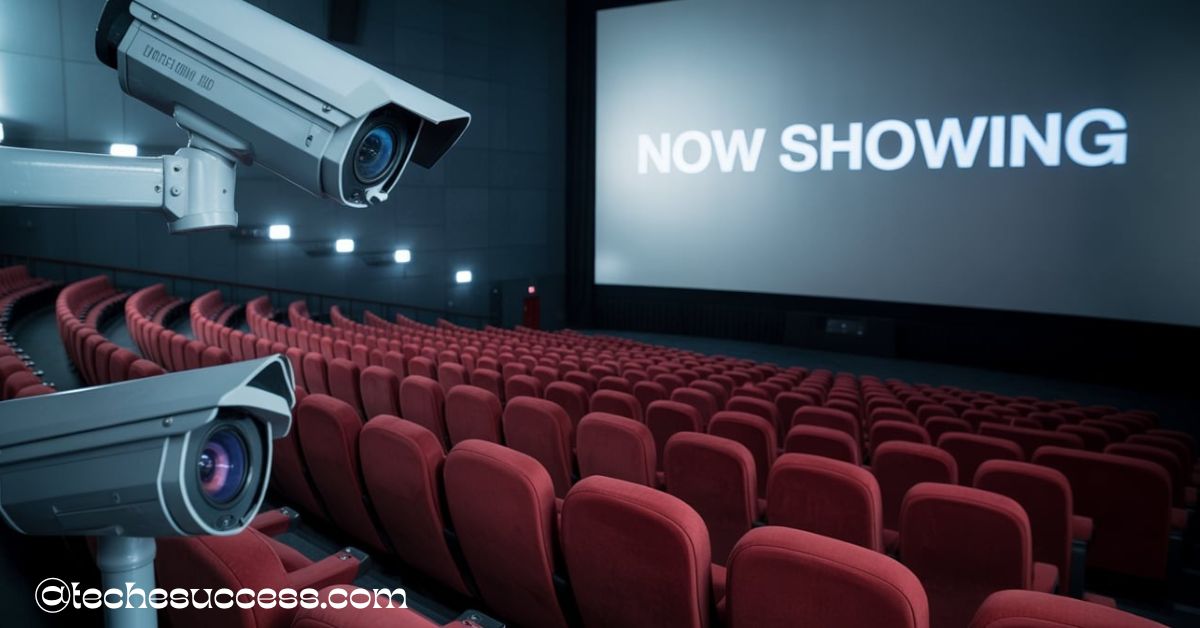
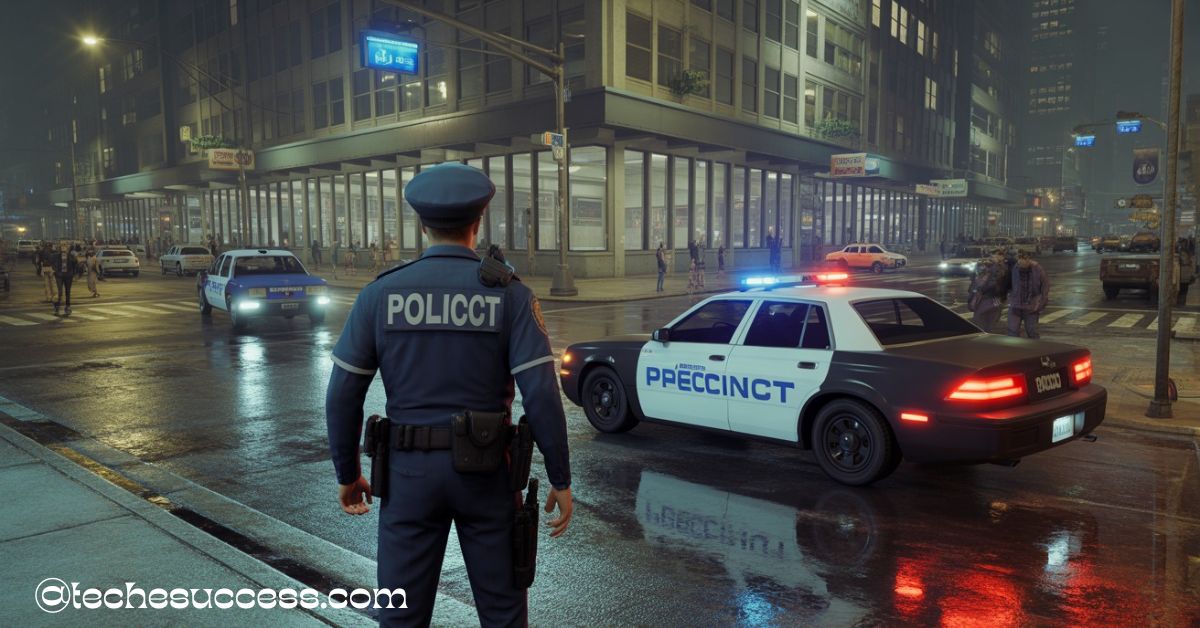
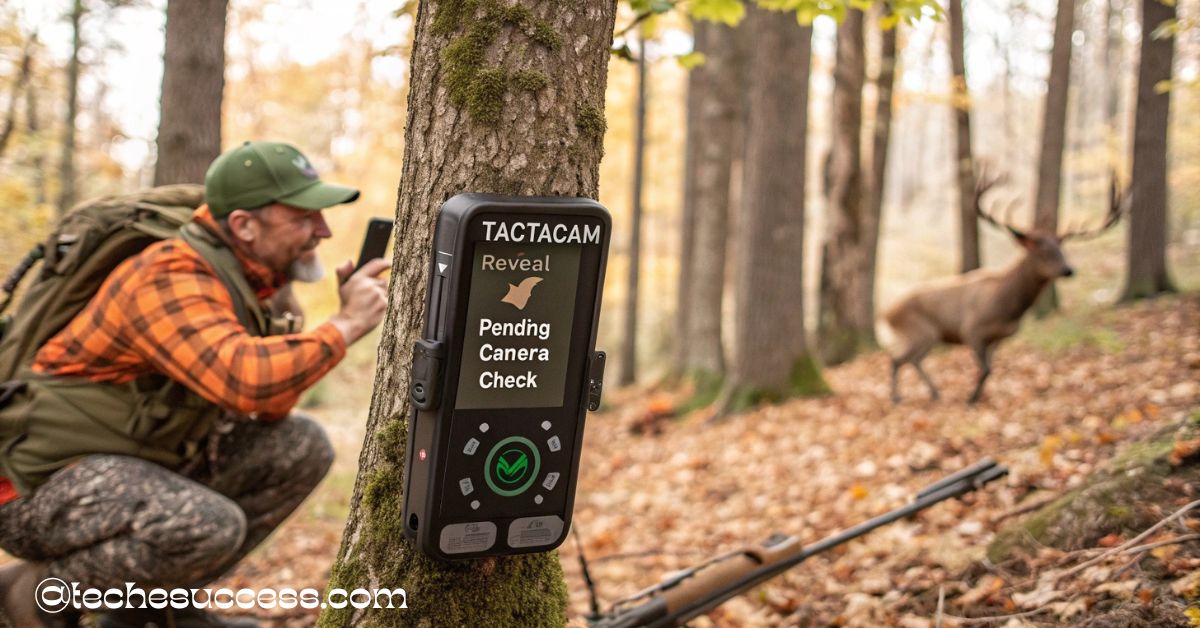



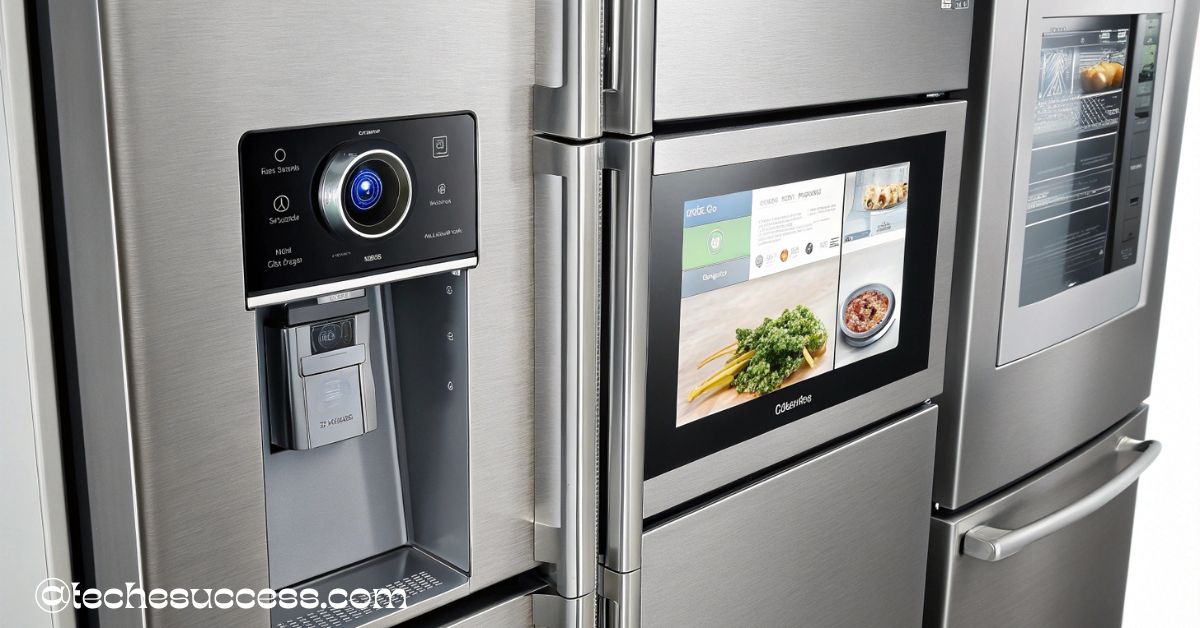
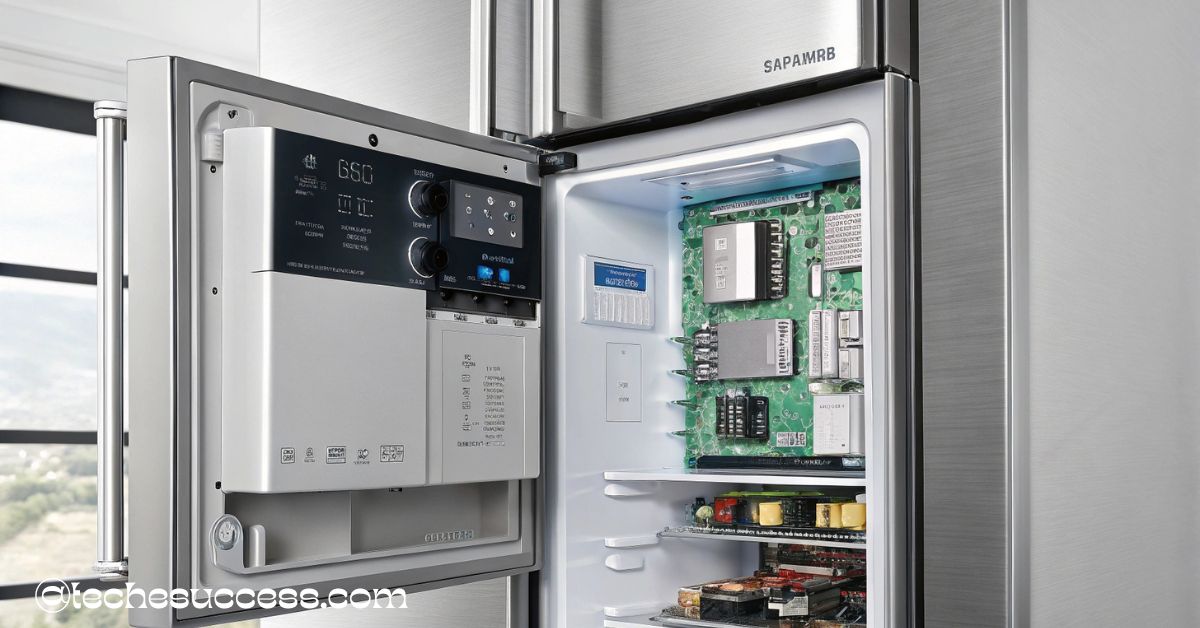

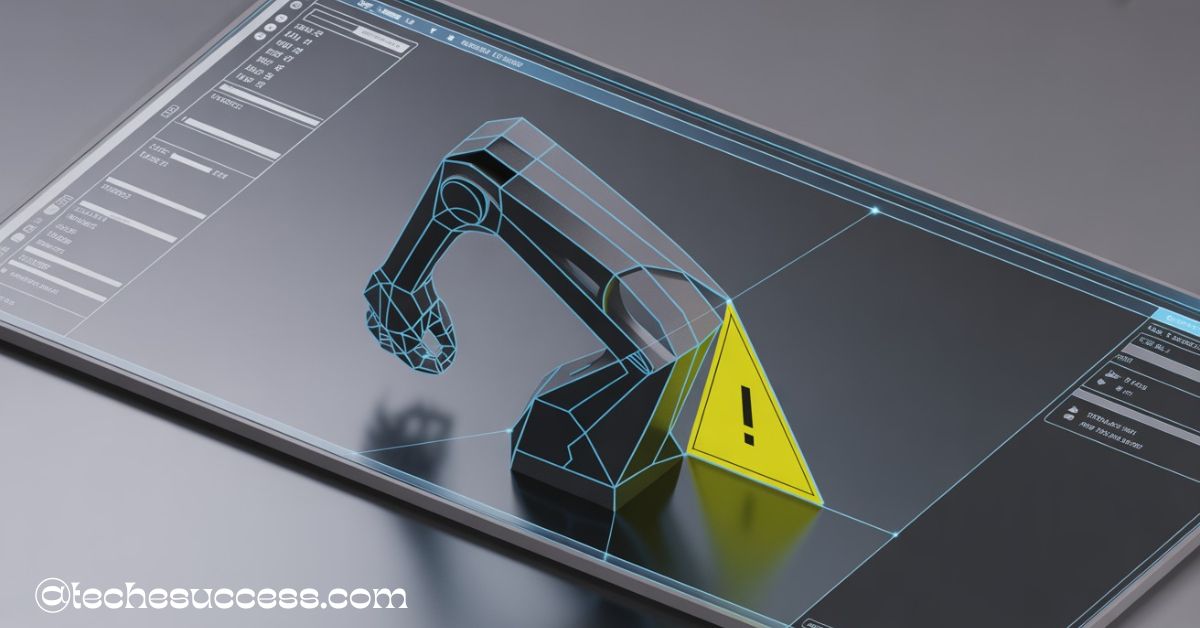
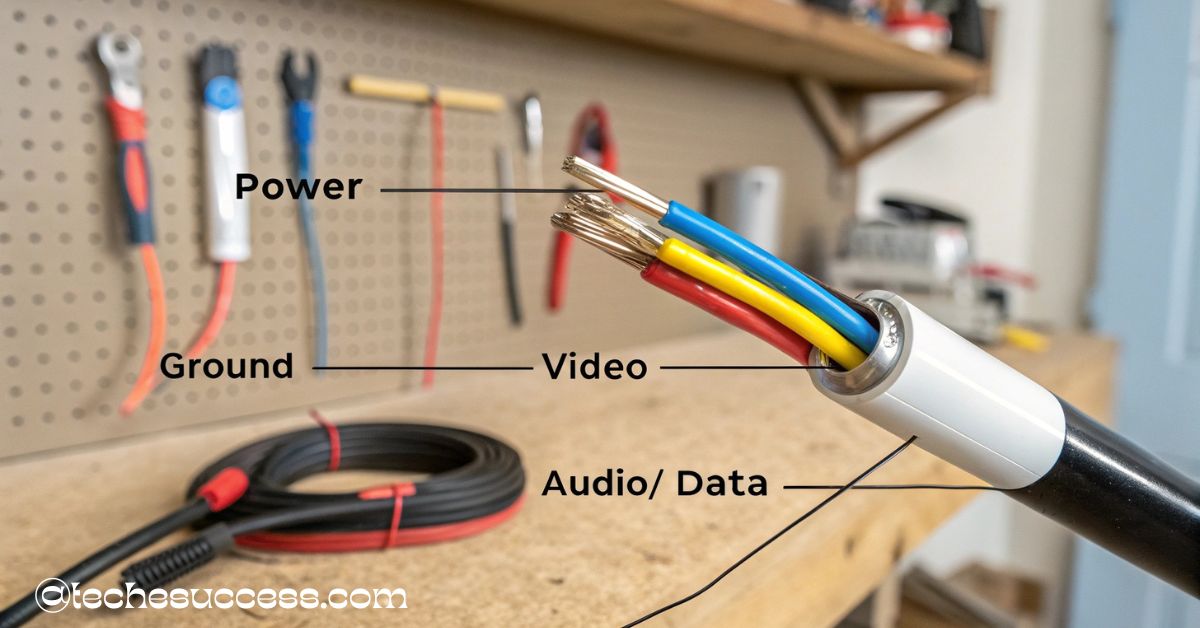
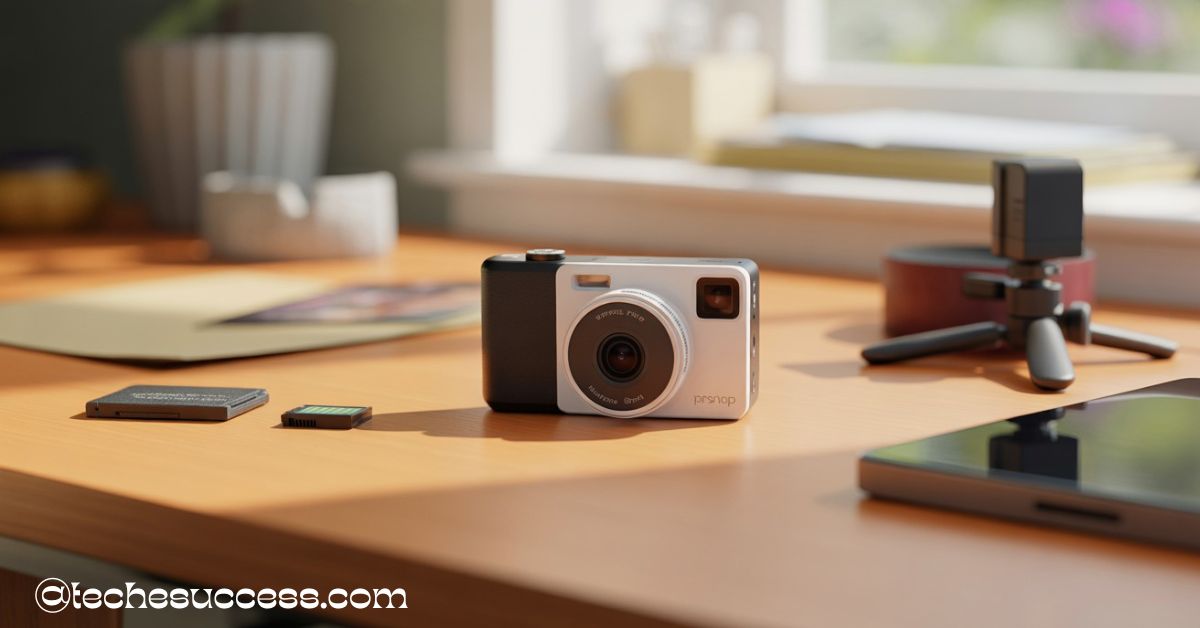

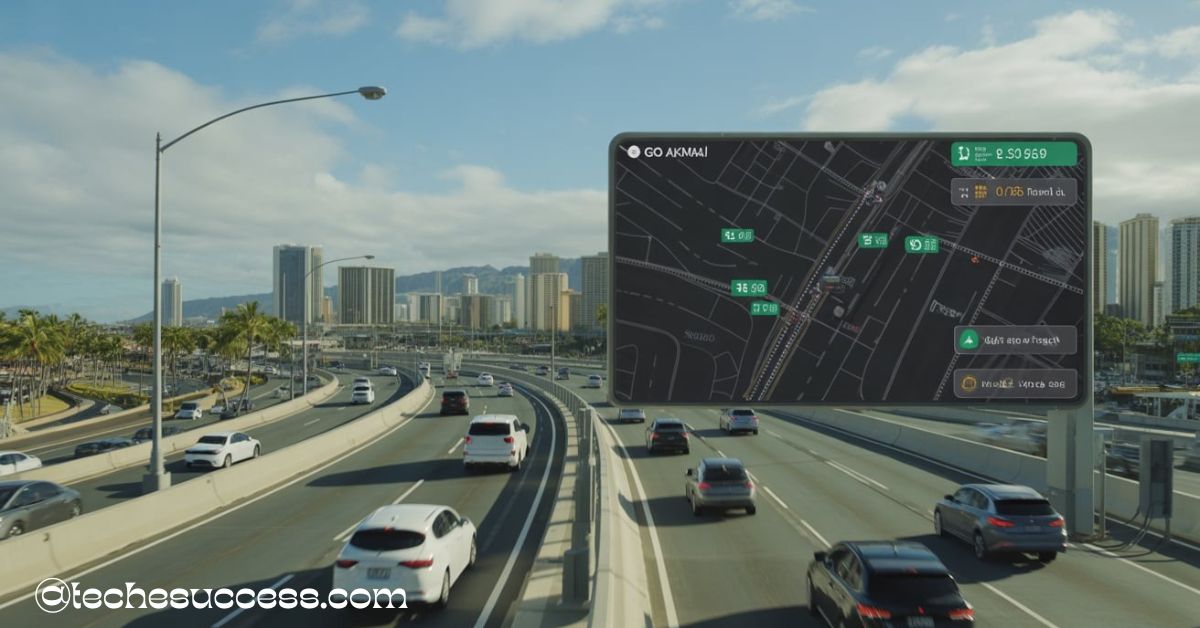

Leave a Reply